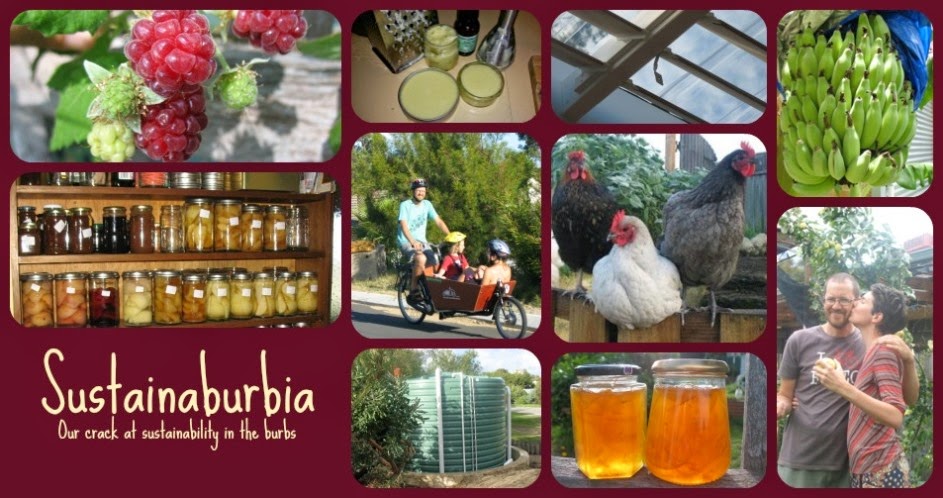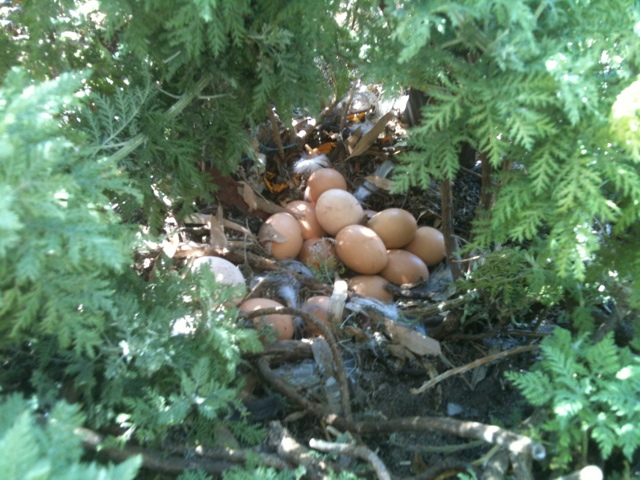We have been keen to try out our new, second hand, communal, 'Grow in Freo', electric passata machine. This wonderful contraption was purchased communally between a few community gardens in the Freo area. It is available for all the Grow in Freo garden members (and probably others if you ask Beck nicely!). It was a fantastic purchase!
I'm a super keen preserver but have always blanched and peeled my tomatoes before preserving. This is generally a whole of family, all day affair to preserve around 20 kgs. We were interested to see if we could make the process any quicker with some horsepower behind us. And it sure did! We aimed to do 30 kgs in a day and ended up doing 50!
So here's the quick vid of the machine in action:
And here are the step by step instructions. First, if you are a member of Hilton Harvest or any other 'Grow in Freo' community garden, ask Beck to borrow the passata machine her number is 0407 018 151 . Here it is all set up, ready to go.
If the tomatoes are bigguns you need to cut them in half first. We got roma's which fit down the shoot easily and are cheap during summer, this lot was $1 per kg, but we have purchased them at 50c per kg. You need to wash them first.
So, the easy bit is making the passata. Just switch it on and poke them down the shoot.
The passata pours out in to the milk crate with the sheet and the seeds and skin come out the side.
Its important to have the seeds and skin drop in to a clean container because if you put this through the machine again you will get more sauce. You can do it three or four times.
It took us an hour or so to do the lot, including cups of tea and popping down to the shops to get another 20kgs of toms because it was all going so well! After this we just let the passata sit in the towels and drain for an hour or so more. It was amazing to see how clear the liquid was that dripped out. It's really tasty and like I said before, next time we will catch it and use it for stock.
In the meantime we washed our preserving jars and put the rings on. I've always used a Vacola set - others have told me they just reuse passata jars and lids but I've not tried that myself.
Then we pour in the passata into the jars with a little lemon juice (or citric acid). This is to keep the acidity level up and reduce risk of botulisms or something...I don't know, I just read about it in the instructions!
I also have an electric one, and for the day borrowed a second one. These systems take only an hour to preserve and hold around 8 slim jars.


